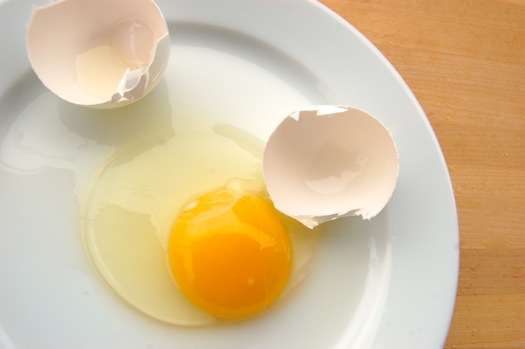Th Kitchen Yeast Myth

Lots and lots of preferment and starter questions these days as industrious home bakers gear up to make Christmas panettone, stollen and other festive breads. One question keeps recurring and it is: what’s the best way to encourage the unique wild yeasts in my kitchen to grow into a starter? The answer, unfortunately, is that there really is no practical way to culture the wild yeasts that occur in your home.
There’s a pervasive myth out there — and I don’t know where it started or who started it — that homemade starters are local yeast capture devices. Which is to say, that home starters grow because wild yeasts in the kitchen invade the flour slurry and start growing there. In actual fact, home-grow starters grow because the yeast that’s already in the flour when you buy it starts to multiply and thrive.
READ ON


